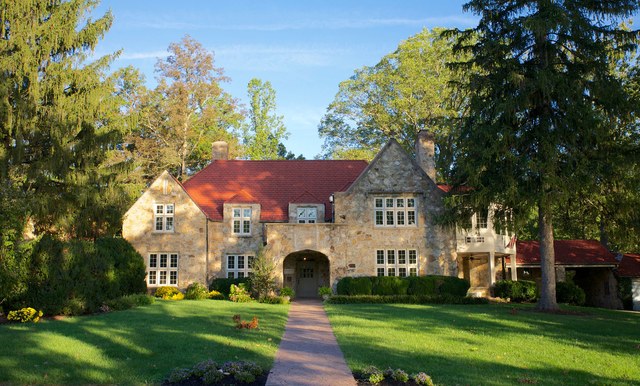
Sometimes what we don’t know is important. Sometimes what you cannot learn is the most interesting thing.
As the public schools take their annual flogging over scores on the state’s Standards of Learning test, especially discouraging in high minority and low-income jurisdictions, a question came to mind – just how many students don’t take those tests because they do not go to those schools?
How many students are instead enrolled in various private schools where the tests are not given? I could not find out.
There are no reports on the State Department of Education website on private school enrollment by grade or locality, nor any indication of how many students statewide have gone elsewhere. VDOE Director of Communications Charles Pyle confirmed they don’t know. There are tracking numbers by locality on home-schooled students, who remain under state jurisdiction, or students pulled out based on religion objections, but not on private school attendance. (Home-schooled students also skip the SOLs.)
The federal government does a survey of private school enrollment, and reports that during the 2015-16 school year 109,991 students were enrolled in 951 identified Virginia private schools. They included church-related and lay schools, schools intended for special-needs students, and of course many that do not reach beyond the lowest grades. They did grant 7,021 high school diplomas in 2015, however.
A decade before, the Virginia enrollment was 120,241 students in 738 schools, with 7,094 high school diplomas granted in 2005.
A hat tip for the help of John Butcher, of Cranky’s Blog, who downloaded and parsed the more recent data from the survey to try to get information by locality. But something is clearly missing on that file, as it showed in total about 30,000 fewer Virginia students enrolled in private schools around the state for the 2016 school year.
For 2016 the Richmond City Schools public headcount was just under 24,000, Butcher told me. It is impossible to tell from any of these reports how many Richmond school-age students went elsewhere. A look at the list of more than 60 private schools serving the Richmond area teased out by Butcher revealed several major ones missing entirely – including Collegiate and St. Christopher’s (with more than 2,500 students just between them, according to their websites.)
Their omission from the list (but apparent inclusion in the statewide totals) makes me very dicey about this data. But add them in and there were more than 11,000 students in private schools in Richmond, Henrico County or Chesterfield County. All three localities are losing students from their testing database to these schools, but the most dramatic impact must be on the City of Richmond.
There is a graduate thesis waiting to be written (or shared with us) on the relationship between SOL scores and private school enrollment, testing whether the lowest scores correlate strongly with the highest flight to the privates. The expected result would be met with a yawn, since one of the main reasons many parents choose to go private is to avoid low-performing schools (and to avoid the SOLs themselves – which must be mentioned.)
But first somebody needs to assemble the data and find out if an unexpected result is sitting out there. All those who love to condemn the struggling (failing is the preferred term) public schools need to at least acknowledge that in places like Richmond, motivated parents of means by the thousands (and they are hardly all white) find and exercise choices that have a strong statistical impact on those tests that carry so much weight. Inquiring minds want to know – what percentage of students are opting out from each Virginia school division?
Does that mean we accept a school division that cannot get a high percentage of its remaining students meeting modest reading and math goals on grade level? That is showing erosion when other division results are stable or improving? Of course not. But neither can you fairly compare – or write off – a school division losing a major portion of students from high-income and educationally-motivated families to one where virtually everybody goes to public school.

Leave a Reply
You must be logged in to post a comment.